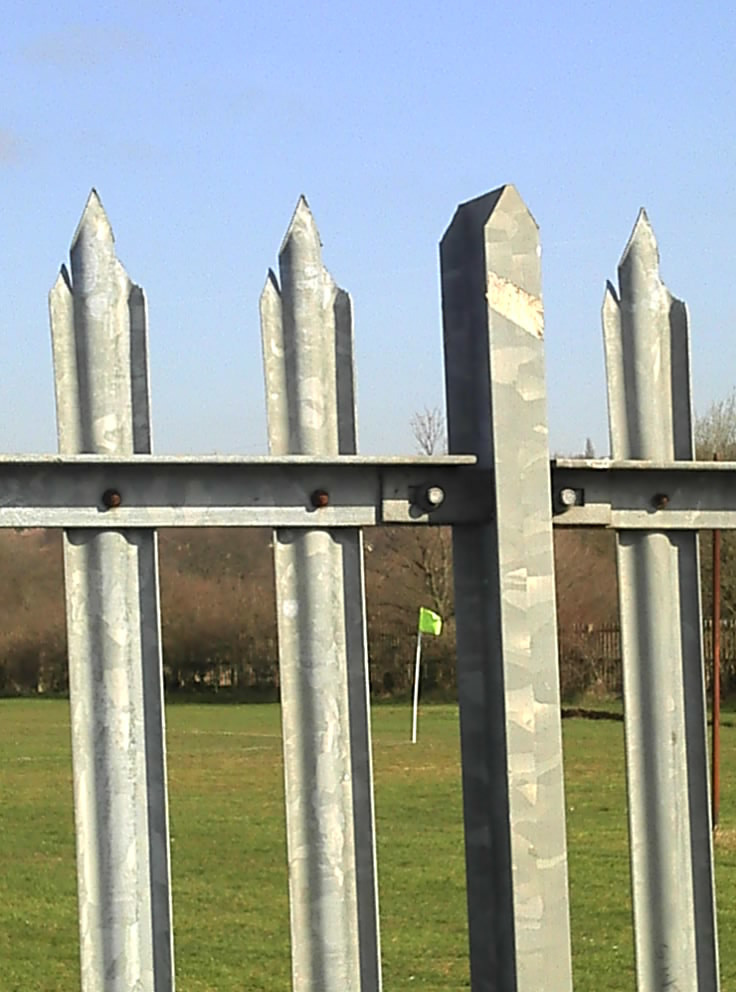
What Is the Typical Spacing of Palisade Pales?
If you’re looking for a higher security fence that looks great, there’s a good chance palisade fencing will be on your shortlist. It’s durable, great looking, and with the correct specification choices, can be a very high-security fence system.
However, if you’re like most people, when it comes to the details of fencing, you might not know everything you need to know, and you might well be asking what the typical spacing of palisade pales is. Here’s what you need to know.
Usually Regulated
When it comes to fences like palisade, as well as railings indoors and out, and even pool fencing, most areas have building codes that cover this and stipulate the maximum spacing BETWEEN the pales or infills of the fence or railing panels.
Usually, the maximum spacing allowed between these types of uprights is 100mm, or about 4 inches. This is small enough so that small children and animals can’t stick their heads through the fence or railing panel and get stuck.
So the first thing you need to know is what your local building regulations say about the space between fence and railing pickets or infills.
Palisade Pale Spacing
Even though your local building codes probably set out how much space is allowed between your fence pales, pickets or infills, there’s still the matter of the width of the palisade pale itself.
Different types of palisade fence pales, like D-section pales, W-section pales, and angle iron pales, all have slightly different widths, which will reduce the space between pales when you measure them from center to center.
Typically, palisade pales are installed at about 150mm or 6” center to center, although this may need to be adjusted if you are using a palisade pale that has a thinner width.
Don’t Forget the Ends!
Whether your palisade fence panels are attached to your posts with brackets, fishplates or something else, it’s important to make allowance for that design difference in your palisade pale spacing. You need to ensure that you never exceed the maximum space between fence infills, palisade pales and verticals, even when one of those elements is a fence post.
In other words, you need to ensure that the measurement from the fence panel face of the palisade fence post to the closest edge of the pale is compliant with local building and safety regulations.
Always remember that if your fence does not meet or exceed building regulations, you may have to modify it, or in some extreme cases, you might have to remove it. You don’t want to have to do that, so always make sure you know what your palisade fence manufacturer’s pale spacing is and that it falls within local regulations!


